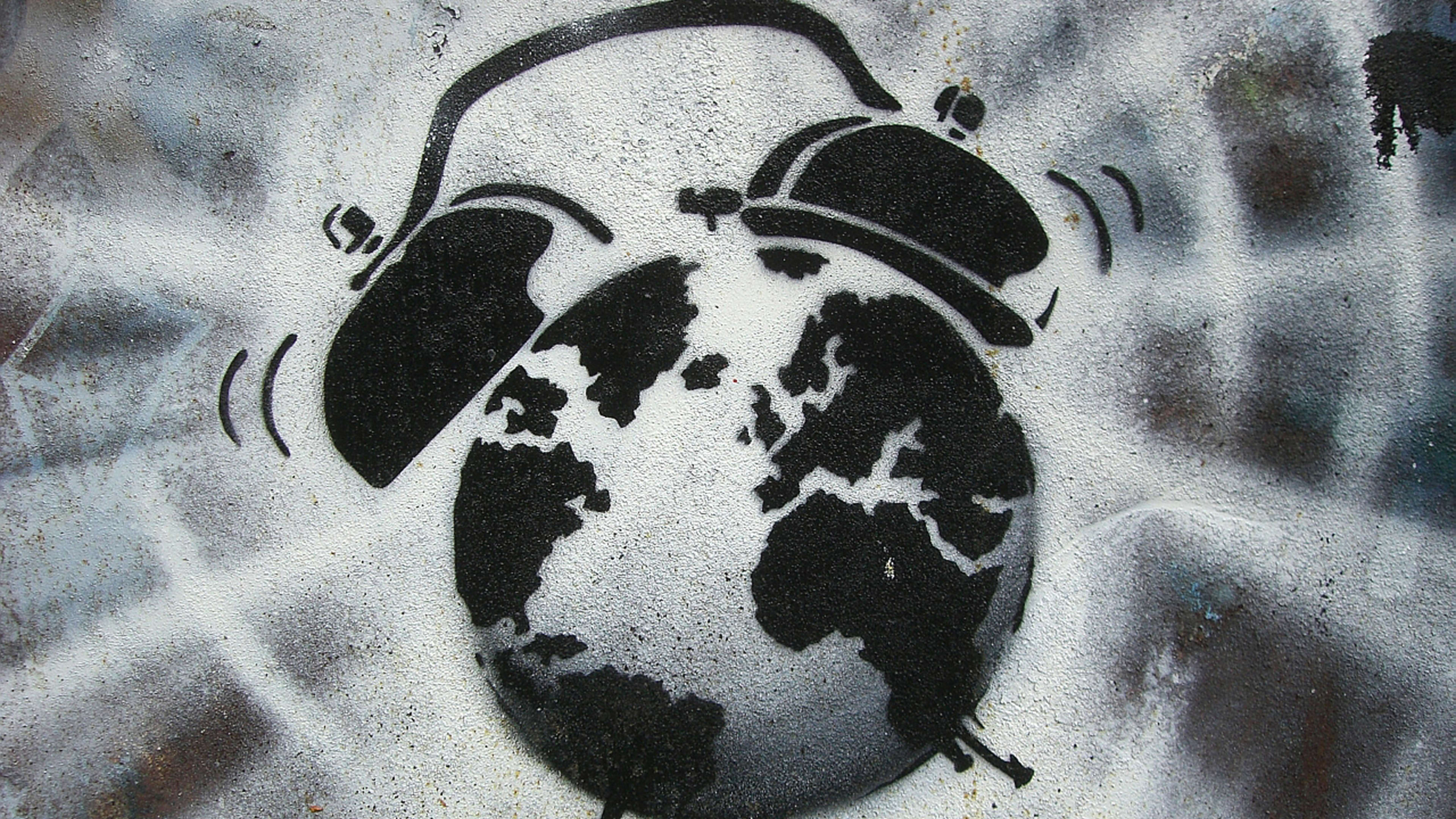Despite a strong standard of living, a rising creative class, and an economy gaining strength, many of us feel worn-down, tired, frustrated, and wildly uncertain, teetering on the edge of a busy but lonely road.
Amid frequent bouts of flat-out exhaustion, you’d think people would lose hope. Yet many remain hopeful, approach instability with an open heart, and believe together we can make a difference.
While we may wonder how and when life will improve, we awaken each day knowing why life must improve. But if so many of us have energy and conviction, and we’re beyond ready to create a better world, why haven’t we crafted more change?
One answer is painfully divisive and deceptively simple. There’s a fight among well-meaning change agents, enlightened leaders, and social entrepreneurs alike on the best way to build the future. Good people seem to align with one of two camps: personal responsibility or collective impact.
Two Sides To One Story
One camp says we need to take personal responsibility to become the change we want to see. Those who advocate personal responsibility believe our individual efforts combined will create enough energy to change the world.
The collective impact camp believes the only effective strategy will be joining together as one large, coherent force, undermining existing systems. They believe that real change requires policy, systemic, and environmental change.
Good personal choices–even dozens or hundreds of them–won’t lead to global-level system change. As Stephen Colbert said while interviewing journalist Ronan Farrow, “All the tweeting and blogging in the world won’t have the same effect as people in the streets throwing bricks.”
But dropping all personal responsibility until we all get together to fix the broken systems is equally naïve. Both take an important principle to an extreme, rather than finding a constructive balance.
Neither camp can succeed without the other succeeding, simultaneously. Personal responsibility and collective impact aren’t just a harmonized dichotomy; they’re a duality with pluralism at the core.
Another Approach
The world is big and our challenge is epic. Widespread personal responsibility and a few well-orchestrated collective approaches won’t transform society enough.
To create a planet we’re proud to live on will require every single one of us doing something–personally, collectively, intentionally, unintentionally, with our children, for our parents, at work, starting on our doorsteps, then stepping into the street.
We need a yes/and approach.
Yes, take responsibility for yourself by finding good-for-the-globe alternatives to broken or breaking systems that also meet your needs.
And, seek out other concerned and hopeful individuals, encouraging personal responsibility and leading to the possibility of conjoined action.
Massive behavior shifts are essential to success and need to happen in parallel with scaffolding a better world to come. We can’t even pretend to be certain of any one approach when we’re seeking adjustments in awareness for billions.
Don’t just use your personal store of energy or money for taking individual measures. Nor count on some movement to topple a mountain.
As Bret Weinstein, an evolutionary biologist at Evergreen State, says:
Living your values locally can harm them globally and in the long term. Every minute and every dollar you spend with the intent to make things better should be spent in the most effective mode. Anything incapable of addressing root problems also has a large opportunity cost.
The Right Combination
Collective action can lower the activation energy of personal responsibility change, while personal responsibility can produce collective impact. Each makes the other stronger. Together they provide us a chance.
Personal responsibility, done well, becomes collective impact.
As Kimberly Sims, city council member in Muskegon Heights, Michigan told me recently, “When we wanted to get greens in our community, we needed to become community gardeners.” Likewise, if you bike around town, you quickly become a bike lane activist. If you meet your child for lunch at school, you make time to talk with the principal about healthier and tastier food choices. If you want to finance a conscious community startup, you begin learning about social impact bonds.
Ask yourself what tugs at your heart and makes you passionate enough to take action.
When you discover your answer, you’ll be self-organizing collective impact around something that needs to be done and you are expert in, from your personal journey.
Warren Bennis, in On Becoming a Leader, told business leaders to, “Strike hard and try everything.” Many of us did. It worked. Now it’s time those of us who want more for the world to take a broader stand.
Look up and out, then dig in. Ask yourself:
- Where will I start?
- Who will I enroll in my plans?
- When will I get going?
- What’s stopping me from getting started now?
Recognize your brand’s excellence by applying to this year’s Brands That Matter Awards before the early-rate deadline, May 3.
